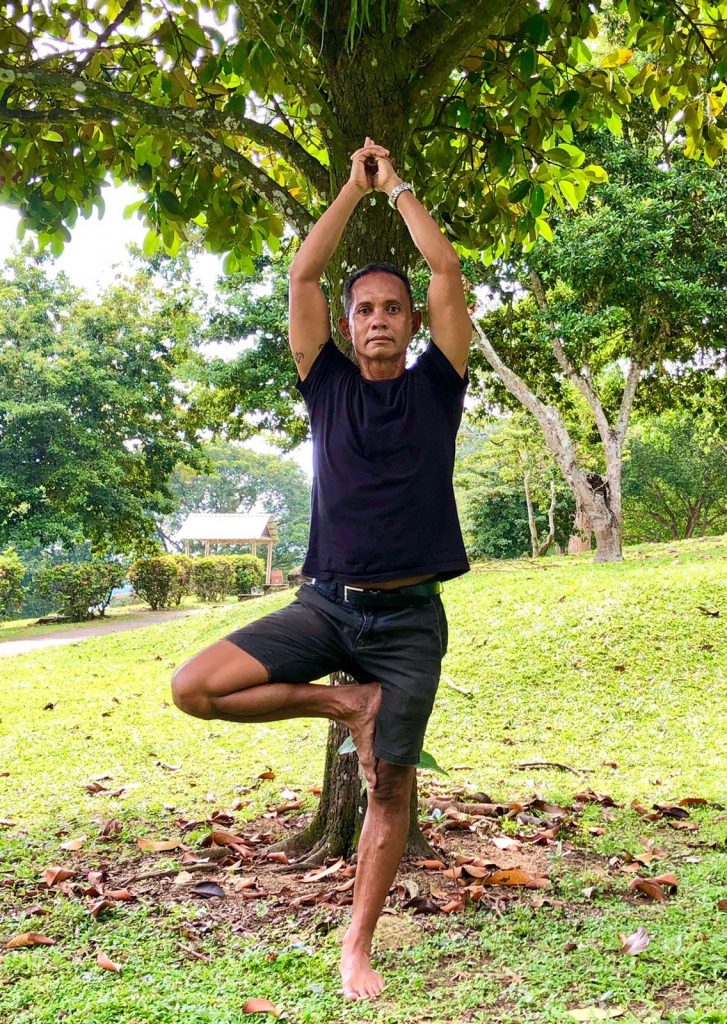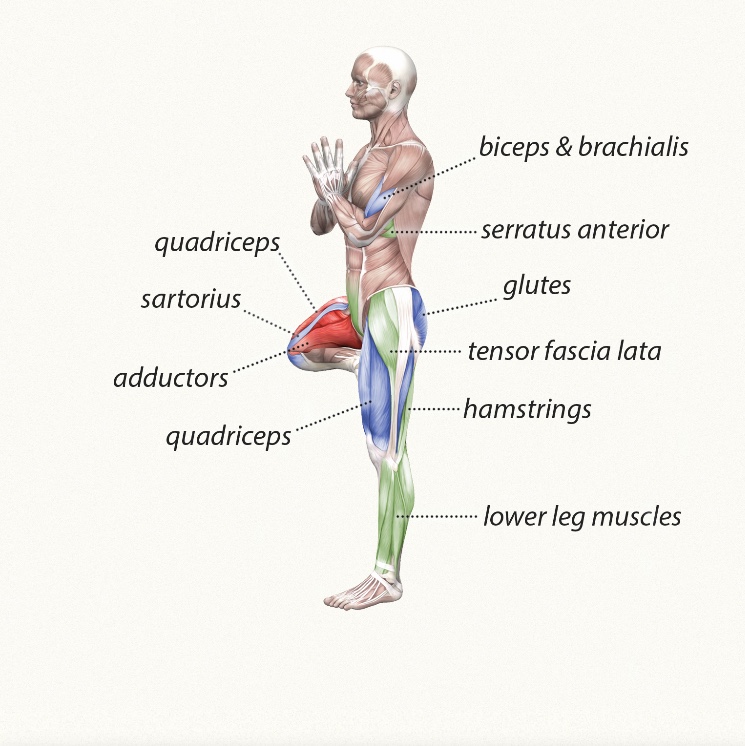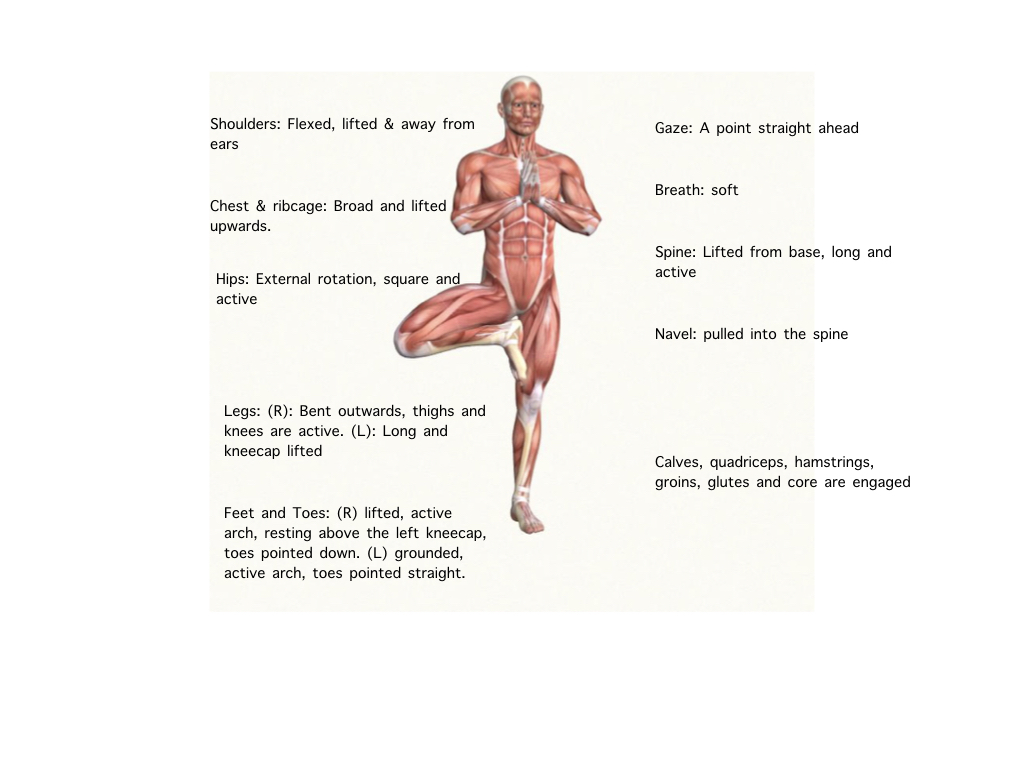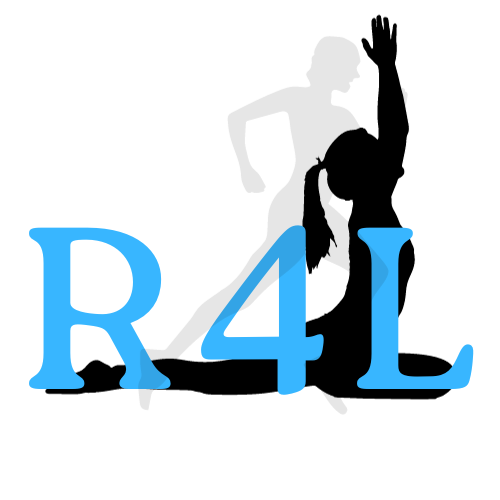“I am your prisoner, not your guest,” she said, “and I will never be your woman. Remember, I am Rama’s wife and he will find me. And when he does, you will wish you had never even seen me.”
Sita to Ravana
Every asana in yoga has a myth behind it. The story of Sita refusing to be ravished by Ravana is the one behind the pose Vrikshasana.
Vrikshasana or the tree pose improves balance and stability in the legs, feet, and pelvis—and also the emotions. Practice this pose when life makes you feel off balance, or when you have been moving too much. Vrikshasana is one of the poses that I perform after my runs to still the beating heart, slowing it down to normal and quickening the immediate recovery.

The story goes that Ravana had kidnapped Sita and brought her to Lanka. Ravana had intended to ravish Sita but Sita refused to be ravished. She was imprisoned within Ravana’s palace, guarded by an elite squad of rakshasa women. Within the palace grounds are groves Ashoka trees. Sita would sit and meditate with her back against the trunk of one of these Ashoka trees. As she meditated, every thought, every breath, every beat of her heart said “Rama…find me. Rama. Rama.”
Silently, those ashoka trees spoke to Sita: “Stay still, little sister. Be calm and steady, like us. Seasons change, we know, we know. This captivity is not forever. Stay still, and remember Rama.”
Meanwhile Hanuman was sent by Rama to look for Sita. Rama gave Hanuman his ring so that Sita may recognise the messenger and saviour.
One day while meditating under an Ashoka tree, Sita heard a faint voice calling ‘Rama, Rama”. It was Hanuman, disguised as a little monkey. Hanuman dropped Rama’s ring onto Sita’s lap. That was when Sita knew she would be saved and that Rama would come for her.
Sita, abducted and held captive, drew strength and comfort from nature. Contact with the earth helps her focus on Rama—who is, of course, not only her husband, and in this case her cause, the personification of ultimate value. Stay true and rooted to your cause just as the Ashoka trees and Sita had been. These are where you find hope and energy to strive for your cause.

Vrikshasana works almost all the major muscles of the legs. On the standing leg. the lower legs, tensor fascia latae and hamstrings are stabilised, while the quadriceps and glutes are shortened. For the raised leg, the Sartorius, quadriceps and abductors are lengthened. This makes the vrikshasana one of the poses runners should perform for immediate recovery and strength.

Coming into the pose. Come up on the balls of the feet and let your heels drop in to the ground. This roots you into the 4 corners of your foot (big toe, pinky toe, innner and outer heel). Next, shift your weight to your right foot and begin to bend your left knee. Lift your left knee up and turn it out to the side, bringing the sole of your left foot on to the inside of your inner right ankle, calf or thigh. Never place the sole on the knee as this might result in injury to the knee.
Learn Yoga with me. Join my yoga class on the beach. Click here
